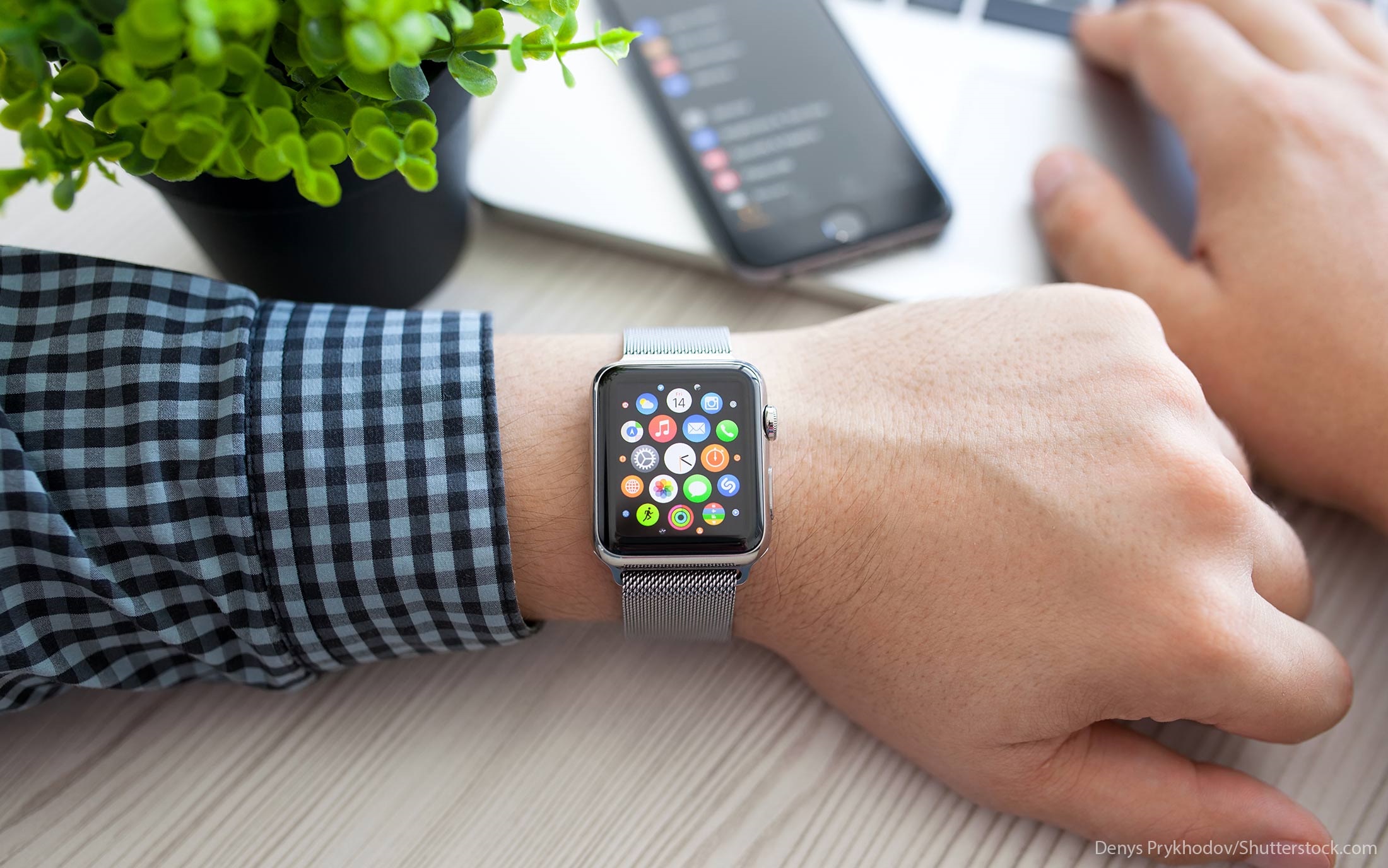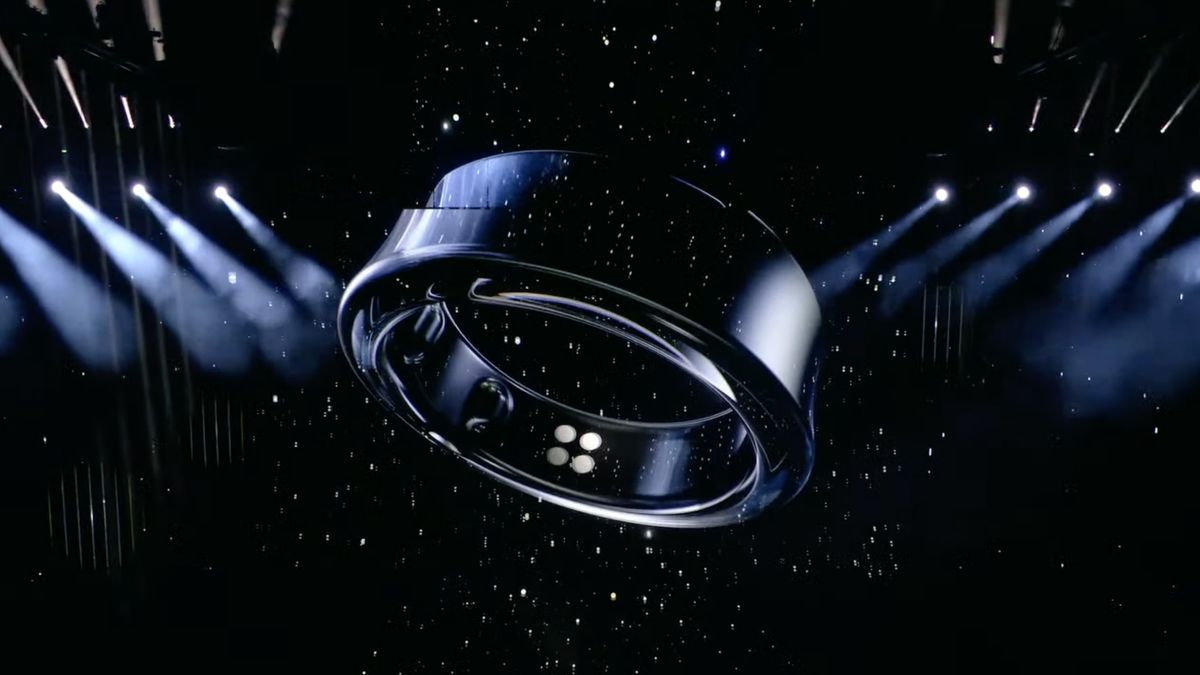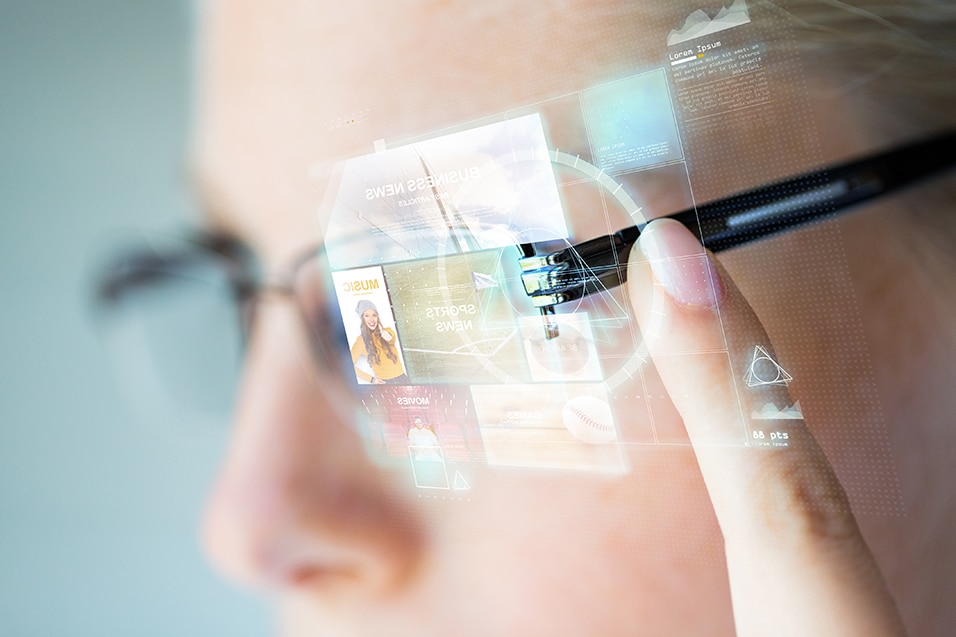People are investing more time and money into fashion in the 21st century, and being fashionable is no longer a privilege for only high-class people. From the fashion houses of the 19th century which individual designers ran, the trend has taken the fashion industry to wear smartly, seamlessly integrating with day-to-day life.
Smart Accessories
The expeditious growth of technology has brought smart rings, smart bands and smart watches into the Smart Accessory class. While traditional accessories products add to the outfit, smart accessories leaps into an enhanced lifestyle beyond the looks it can offer.
Strap on with accessories
When you have a smartwatch, checking out the time is an old story, these watches are capable of tracking your health and activities. The power of fitness tracking of a smartwatch/band can empower us to take charge of our well-being. With the intervention of smartwatches, tracking your health attributes has become more attainable. The lazy walk you had today, last night's cosy sleep and your bouncing heart rate, a tap in the app is all it takes.

The smartwatch ecosystem caters for convenience and accessibility, allowing users to stay connected on the go. Notifications, calls, schedules, payments; these smart watches provide the most convenient access to all these from your wrist. We now have a watch which can send emergency alerts to desired contacts. A few years back you might have heard Apple Watch saved a man's life, this means you are close to your people when you are in trouble. The fashion industry embraced wearable technology to bring smart rings, which do a similar job without a screen. It was sleek with its looks and features. While Samsung is planning to launch the Galaxy Ring at the Mobile World Congress 2024, Bloomberg report is claiming that Apple is planning for a ring and has applied for a patent.

The question over this tech is, can smart accessories surpass traditional accessories in numbers? The market doesn't lean towards looks or features, it needs numbers, and Apple had that. Forbes report dating back to 2020 says Apple Watches outring the Swiss watch industry.
Swiss brands made a concerted effort to combat Apple by introducing smartwatches of their own – some of which are hybrids that combine mechanical watches with connected options. Brands creating such products today include TAG Heuer, Tissot, Frederique Constant, Movado and others.
~Feb 7 2020, Forbes
Well, it looks like, if a consumer electronics company like Apple can trigger a change in the accessories market, there is room for more in wearable technology. Accessory class is the tip of the iceberg regarding experimentations that lead the smart wearable industry forward.
Smart Fabrics
Beyond smart hand-worn tech, the smart fabrics segment is set to make waves. Clothing is no longer confined to simply being a fashion statement, it has evolved to do more while keeping you comfortable with the style.
Under the smart hood
The future of your wardrobe collection resides with technology, integrating with your daily lives. The sports & games sector has seen the integration of smart clothing. These textiles can sense, act, store, emit, and move and perform biomedical monitoring functions.

You might have seen your favourite stars with vests on their chest during the FIFA World Cup 2022. These are sports vests, the bestseller smart fabric that is running the show along with smart accessory. Electronic Performance and Tracking Systems (EPTS) or smart vests have played a significant role in determining a player's performance in numbers. EPTS have many sensors that allow to measure the velocity, the distance covered, the parts of the field where the player spends more time, the heartbeat and the impact of a jump or a tackle.
Not just sports, smart tech became fashionable when Levis got into the fashion tech segment and came up with the Commuter Trucker Jacket featuring Google Jacquard technology. This wearable tech is for urban cyclists, where users can tap, swipe or hold to fulfil simple tasks like changing music tracks, blocking or answering calls or accessing navigation information (delivered by voice). Another interesting solution that made it into the news was Emel & Aris. They were the crowdfunding success story which raised over £100,000 (GBP) on Kickstarter in March 2016 to launch its smart coat. Levis jacket is a line of outerwear for both men and women, that has intelligent heating technology inside.
Smart Headsets
The AR/VR headset is the real game changer when it comes to Smart Wearables. There was a time when the entire world was fascinated to see gamers running to catch a Pokemon. Pokemon Go hit the gaming industry hard and created a space for AR to grow more. Augmented Reality (AR) allows users to interact with both virtual and real-world environments by integrating digital information into a display of their surroundings. In the meantime, virtual reality (VR) completely replaces the user environment with digital data while enhancing fictitious reality.
Ten years back when Facebook acquired Oculus, the AR/VR was slightly pitching in for everyone. Now they have the Meta Quest and Apple has Vision Pro, this is getting very interesting. AR/VR tech doesn't proffer a system of metrics or comfort, like Smart accessory or Smart Clothing. The AR/VR tech delivers an immersive experience, enhancing convenience and reducing the environmental constraints associated with the user.

Concerns
Since wearables are essentially gadgets that collect data and transmit information, privacy is one of the main concerns. Understanding who can access the information and what they can do with it is crucial. Strict laws are required to safeguard the privacy of customers, particularly concerning third-party access. Additionally, manufacturers must guarantee that security measures are taken to avoid hacking, via the software and sensors integrated into wearable technology.
Unquestionably, wearable technology is the way of the future, but not everyone can currently afford the high cost of ownership. This could lead to a scenario in which some people can take advantage of wearable benefits while others are left out in the cold.

Watches, clothing, AR/VR headsets - wearable technology has augmented our lifestyle to another level. The intersection between technology and fashion has created a rich profusion of possibilities across health, connectivity and accessibility. The technology that permeated the fashion industry has brought forward numerous advantages for consumers. Tomorrow's wardrobe will be different than yesterday's, it's getting smarter and smarter.

